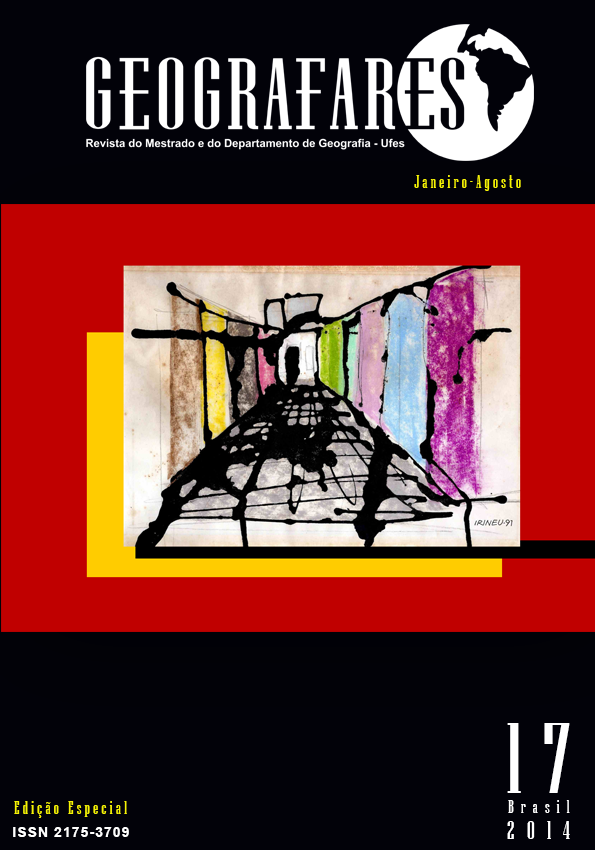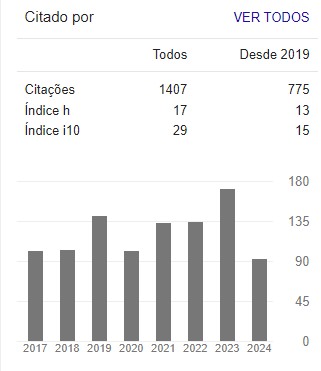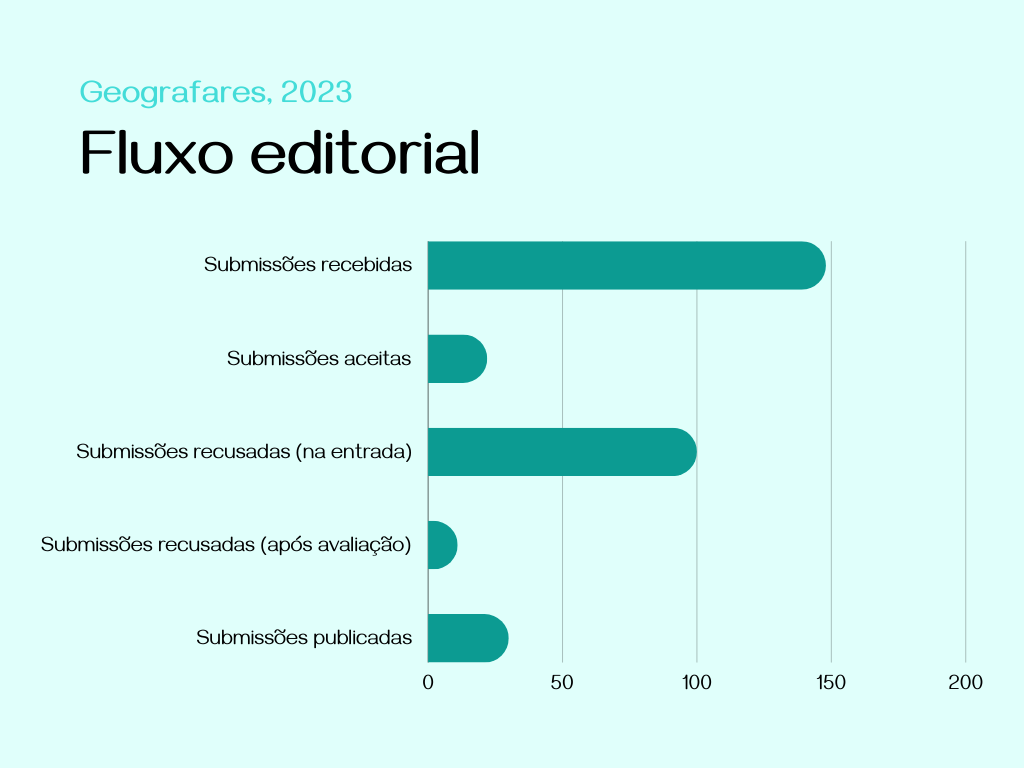Maps, imaginary and environmental memory in Argentina
DOI:
https://doi.org/10.7147/GEO17.8057Abstract
While research on social ideas of nature focused on the discursive side of environmental rhetoric during the last decade of the twentieth century, the visual turn has introduced the analysis of its visual facet: the study of the visual representation of nature in photographs, films, paintings and media among many other image-based media. However, scarce attention has received the study of what is provoked by environmental images as well as how they shape our imagination and memory of environmental issues. Based on the analysis of mental maps created by 215 subjects -all of them students of the undergraduate programs of the Faculty of Humanities at Universidad Nacional del Centro de la Provincia de Buenos Aires Province (Argentina) in 2013- as the starting point to identify images that have become constitutive environmental memory, the article discusses the role of environmental images in shaping both our ways of looking to nature and our understanding of environmental issues.
Keywords: maps; environmental memory; visual culture.
Downloads
Downloads
Published
How to Cite
Issue
Section
License
Copyright (c) 2014 Geografares

This work is licensed under a Creative Commons Attribution 4.0 International License.
Copyrights Declaration
Authors who publish in the journal agree with the following terms:
- Authors will keep their copyrights and grant the journal the right to their first publishing, simultaneously licenced under Creative Commons Attribution License which allows sharing their work with authorship recognition and initial release through this journal.
- Authors may sign additional contracts separately diffusing a non-exclusively version of the paper published in this journal (i.g. publishing in institutional repository or as a book chapter), once citing the authorship and initial release through this journal.
- Authors are encouraged to publicize and diffuse their paper online, for example onto institutional repositories or on their personal websites.



























